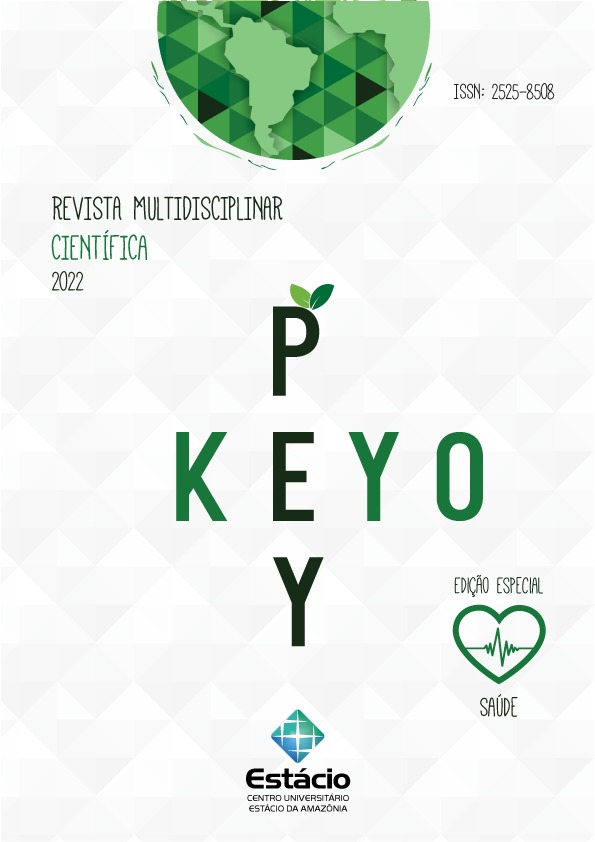HEMOGLOBIN AND PLATELETS WITH BONE MINERAL DENSITY
Palavras-chave:
Hemoglobin, Bone, Mineral DensityResumo
We evaluated the association between hemoglobin and platelets with bone mineral density in men between 40 and 80 years of age in Boa Vista, the capital of the state of Roraima. The population study performed in this study was based on the Fracture Risk Assessment Tool nomogram model proposed by the World Health Organization. Specifically, the present work focuses on (i) determining the inverse correlation between the hemoglobin score and the femur and between the hemoglobin score and the spine by the FRAX® nomogram and using the linear regression model, and (ii) correlating the risk with different categorical variables and continuous variables using statistical methods. This cohort and the cross-sectional study involve quantitative and qualitative data obtained in the field from 272 patients. However, for this article, only quantitative screening findings are described. In addition, few participants participated voluntarily by spontaneous demand being referred from the Hospital Estadual Coronel Mota. Data were collected only by the IBGE guideline. The average Frax score and hemoglobin level across the group were significantly different. The Frax score of the femur was significantly associated with osteopenia and osteoporosis of the spine. All data obtained in this study were analyzed in SPSS version 21, and a p-value ≤0.05 was considered statistically significant. Hemoglobin and platelets are strongly associated with BMD and the main risk factors for the association between hemoglobin and platelets with BMD include BMI, smoking and alcohol consumption, vitamin D, and serum calcium level.





